How Much Do You Need to Retire? Consider These 4 Factors

Estimated reading time: 8 minutes
If you’re even asking this question, you’re already ahead of the curve. Many people underestimate how much they’ll need to retire comfortably, or put off planning until it’s too late.
The reality? Most Americans are falling behind on retirement savings. According to the Federal Reserve’s Survey of Consumer Finances, the median retirement savings by age group looks like this:
- Ages 35-44: $45,000
- Ages 45-54: $115,000
- Ages 55-64: $185,000
- Ages 65-74: $200,000
While these numbers may seem reasonable at first glance, they often fall short of what’s needed for a financially secure retirement. Experts suggest that retirees should aim to replace 70-80% of their pre-retirement income annually, which means many Americans risk outliving their savings.
With increasing life expectancy, rising healthcare costs, and economic uncertainty, saving for retirement is more important than ever. But how much do you actually need?
In this article, we’ll break down four key factors that influence your retirement number. By the end, you’ll have a clear understanding of how to calculate your retirement goal and ensure a financially secure future.
Table of Contents
- Your Expected Retirement Lifestyle
- Your Estimated Annual Expenses
- Social Security & Other Income Sources
- Healthcare & Long-Term Care Costs
- How to Calculate Your Retirement Number
- Diversify Your Retirement Portfolio with Alternative Assets
1. Your Expected Retirement Lifestyle
Do you picture a quiet, low-cost retirement close to home, or are you dreaming of frequent travel, fine dining, and leisure activities? The more ambitious your retirement goals, the more savings you’ll need to support them.
What Kind of Retirement Do You Want?
Here’s a breakdown of three common retirement lifestyles and their potential costs:
- Basic Retirement – Covers essential living expenses with little room for extras. Typically includes necessities like housing, food, healthcare, and transportation, with minimal travel or luxury spending.
- Comfortable Retirement – Allows for occasional travel, dining out, hobbies, and entertainment while maintaining financial stability. This lifestyle requires a larger nest egg to afford discretionary spending.
- Luxury Retirement – Includes frequent travel, second homes, high-end entertainment, and premium healthcare services. This lifestyle demands significant savings to sustain a high standard of living.
Key Expenses to Consider
Regardless of the lifestyle you choose, certain expenses will be part of your retirement budget. Make sure to factor in:
- Housing: Will you still have a mortgage, or do you plan to downsize? Consider property taxes, maintenance, and potential relocation costs.
- Healthcare: Medical costs tend to increase with age. Medicare, supplemental insurance, and long-term care should be factored into your budget.
- Travel & Leisure: Whether it’s annual vacations, RV life, or international trips, travel costs can vary widely based on frequency and destination.
- Hobbies & Entertainment: Golf memberships, theater subscriptions, and social activities add up over time.
- Inflation: A dollar today won’t be worth the same in 20 years. Consider how inflation will impact your purchasing power.
2. Healthcare & Long-Term Care Costs
Medical costs can significantly impact your retirement savings, and understanding Medicare’s limitations, the necessity for supplemental insurance, and the potential need for long-term care is essential.
Impact of Medical Costs on Retirement Savings
Healthcare expenses can consume a substantial portion of your retirement budget. A 65-year-old retiring in 2023 can expect to spend an average of $157,500 on healthcare and medical expenses throughout retirement. This estimate includes premiums for Medicare Part B and Part D, as well as out-of-pocket expenses such as copayments and deductibles.
In the first year of retirement, an average 65-year-old couple may spend around $12,800 on healthcare. These costs are projected to rise over time due to inflation and the increasing cost of medical services.
Medicare Limitations and the Need for Supplemental Insurance
While Medicare provides a foundation for healthcare coverage, it doesn’t cover all medical expenses. Notably, Medicare Part B premiums are income-dependent, with higher earners paying more. In 2025, the standard monthly premium is $185.
Additionally, Medicare doesn’t cover services like dental, vision, hearing aids, or long-term care. To bridge these gaps, many retirees opt for supplemental insurance, such as Medigap policies or Medicare Advantage plans. These plans can help cover additional costs but come with their own premiums and out-of-pocket expenses.
The Potential Need for Long-Term Care and Its High Costs
Long-term care (LTC) involves a range of services that assist individuals who are unable to perform basic daily activities over an extended period. It’s a significant consideration, as Medicare doesn’t cover most long-term care services.
The costs associated with long-term care can be substantial. In 2024, the average annual cost for a private room in a nursing home was nearly $128,000. Assisted living facilities averaged $70,800 per year, while home care services cost approximately $78,000 annually.
Given these figures, it’s essential to plan for potential long-term care needs. Options include purchasing long-term care insurance, which can help offset these expenses. However, premiums can be costly; for example, a 60-year-old man might pay around $1,200 annually for a policy with $165,000 in coverage.
Alternatively, some retirees consider relocating to countries with lower healthcare costs. For instance, countries like Spain and Ecuador offer more affordable healthcare and living expenses, making them attractive options for retirees on a fixed income.
3. Your Estimated Annual Expenses
Once you’ve outlined your ideal retirement lifestyle, the next step is estimating how much you’ll need to cover your annual expenses. A common rule of thumb is the 4% rule, but factors like inflation, rising costs, and where you live can also significantly impact your retirement budget.

The 4% Rule: A Simple Way to Estimate Retirement Savings Needs
The 4% rule is a widely used guideline for determining how much you can withdraw annually from your retirement savings while maintaining financial stability. According to this rule, you can withdraw 4% of your total retirement savings each year, adjusting for inflation, without running out of money over a 30-year retirement.
How it works:
- If you need $40,000 per year to cover your expenses, you’ll need approximately $1 million saved ($40,000 ÷ 4%).
- If you need $80,000 per year, you’ll need $2 million saved.
- This rule typically assumes a well-diversified investment portfolio with a mix of public securities and alternative investments like real estate and promissory notes.
While the 4% rule is a helpful starting point, it doesn’t account for personal circumstances, changing expenses, or market fluctuations.
Inflation and Rising Costs
One of the biggest risks in retirement planning is inflation—the gradual rise in prices over time. Even a modest inflation rate of 3% per year can significantly erode your purchasing power over the course of retirement.
- A $50,000 annual budget today could require $90,000 in 25 years just to maintain the same lifestyle.
- Healthcare costs tend to rise faster than general inflation, making long-term medical planning critical.
How Location and Cost of Living Affect Annual Expenses
Where you retire plays a major role in how much you’ll need. Living expenses, taxes, and healthcare costs vary widely across the country and internationally.
- High-Cost Areas – Cities like New York, San Francisco, or Los Angeles require significantly higher retirement savings to maintain a comfortable lifestyle.
- Low-Cost Areas – States with a lower cost of living, like Texas, Tennessee, or Florida, can stretch your savings further. Many retirees also consider moving abroad to places with lower living expenses.
- Tax-Friendly States – Some states have no capital gains tax or offer tax breaks for retirees, reducing the amount you need to withdraw each year.
4. Social Security & Other Income Sources
When planning for retirement, it’s crucial to account for all potential income sources beyond your personal savings. While Social Security provides a foundation, additional streams of income, such as pensions, rental income, or part-time work, can supplement your retirement funds and reduce reliance on withdrawals from your investment portfolio.
How Much Can You Expect from Social Security?
Social Security is a key retirement benefit, but it likely won’t cover all your expenses. The amount you receive depends on:
- Your lifetime earnings: The more you earned (and paid into Social Security), the higher your benefit.
- Your full retirement age (FRA): For most retirees, FRA is between 66 and 67 depending on birth year.
- When you claim benefits: The earlier you claim, the lower your monthly payments.
Currently, the average Social Security benefit is around $1,900 per month, but high earners can receive up to $4,873 per month if they wait until age 70 to claim.
You can begin claiming Social Security as early as age 62, but doing so reduces your monthly benefits by up to 30% compared to waiting until full retirement age (FRA). Waiting until FRA (66-67) means you receive your full benefit. Delaying until age 70 increases your benefit by 8% per year, potentially resulting in thousands of extra dollars each year.
Other Potential Income Streams
- Pensions – If you’re lucky enough to have a pension from a government job or a private employer, this can provide a steady, predictable income throughout retirement.
- Rental Income – Investing in real estate can create a passive income stream that supplements your savings.
- Side Hustles or Part-Time Work – Many retirees choose to work part-time doing something they enjoy, whether it’s consulting, freelancing, or starting a small business. Even 10-15 hours per week can make a big difference in preserving your nest egg.
Once you know how much income you’ll have in retirement, subtract it from your estimated expenses. This will show you how much more you need to save, helping you lower your overall retirement savings goal.
How to Calculate Your Retirement Number
After evaluating your expected lifestyle, estimated expenses, income sources, and healthcare costs, the next step is determining your “retirement number.” This is the total amount you’ll need saved to retire comfortably.
1. Estimate Your Annual Retirement Expenses
Start by calculating your estimated annual retirement expenses, factoring in:
- Housing (rent, mortgage, property taxes, maintenance)
- Daily living costs (food, transportation, utilities)
- Healthcare & insurance (Medicare, supplemental insurance, long-term care)
- Leisure & travel (vacations, hobbies, entertainment)
- Taxes (on withdrawals, Social Security, property taxes)
2. Apply the 4% Rule
Once you’ve estimated your expenses, it’s time to apply the 4% rule from earlier. For example:
- If you estimate $60,000 per year in retirement expenses, you would need about $1.5 million saved ($60,000 ÷ 4%).
- If you expect $30,000 annually from Social Security after taxes, you could lower your target to $750,000 ($30,000 ÷ 4%).
3. Use Online Retirement Calculators
To get a more precise estimate, use retirement calculators like AARP’s Retirement Calculator that factor in inflation, investment returns, and changing expenses.
4. Adjust Over Time
Your retirement plan shouldn’t be static. Market conditions, inflation, unexpected expenses, or changes in health can all impact your financial needs. Reevaluate your plan every few years, increase contributions if needed, and consider diversifying investments to protect against downturns.
Diversify Your Retirement Portfolio with Alternative Assets
Planning for retirement isn’t a one-time event. It’s an ongoing process that should evolve with your life and financial goals.
By factoring in your expected lifestyle, expenses, income sources, and healthcare needs, you can build a realistic roadmap to long-term financial security.
One powerful way to potentially strengthen your strategy? Expand your investment options.
A self-directed IRA (SDIRA) lets you invest in a wide range of alternative assets like real estate, private equity, and precious metals. By doing so, you could:
- Reduce reliance on stock market performance
- Take advantage of tax benefits for non-traditional investments
- Potentially boost your returns through diversified asset classes
Want to learn more about SDIRAs? Download our Self-Directed IRA Basics Guide. Inside, you’ll discover what SDIRAs can and cannot invest in, key benefits and potential risks, and IRS rules you need to know before getting started.
Note: The content provided here is for informational purposes only and should not be considered financial, tax, or investment advice. Always consult with a trusted tax or financial advisor to determine what is best for your unique situation.






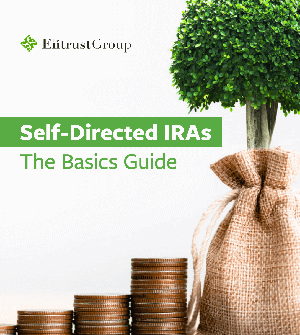


/Blog_Image_401k-executive-order_1000x500.jpeg?width=250&name=Blog_Image_401k-executive-order_1000x500.jpeg)




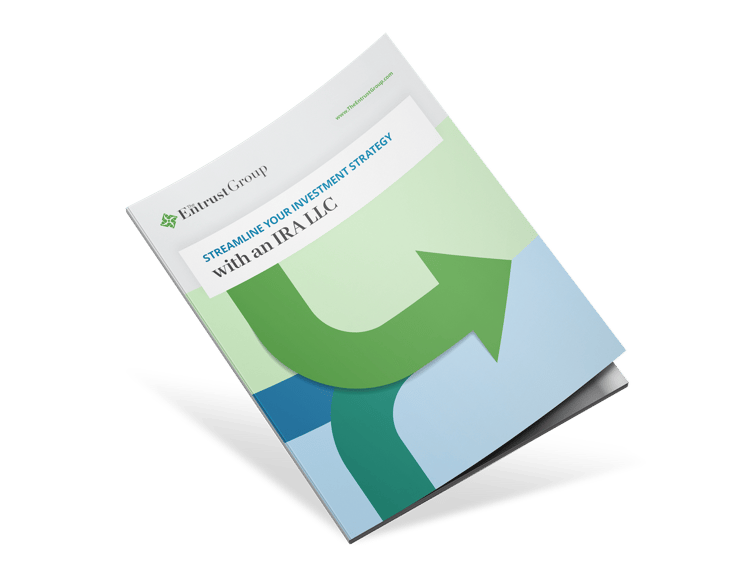

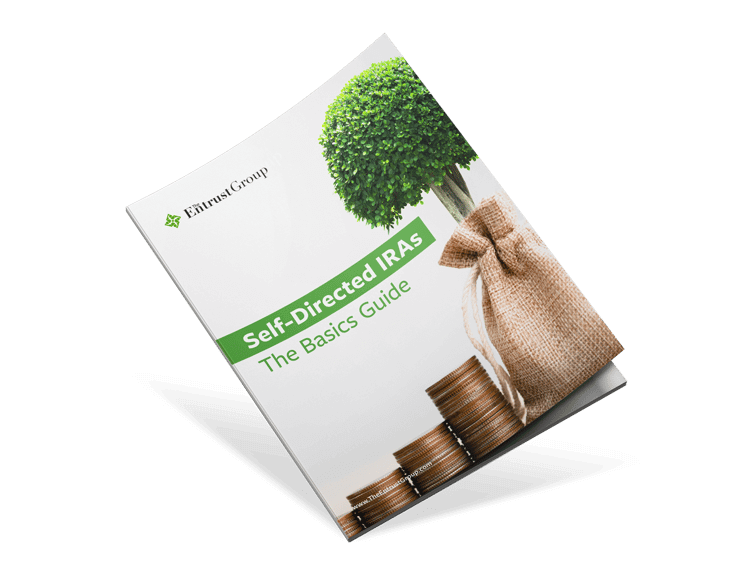









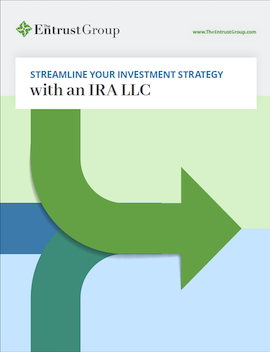

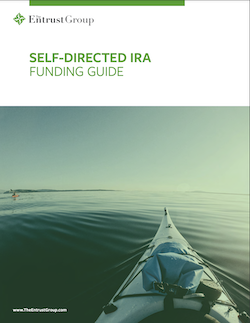

0 Comment